Introduction
In the world of fruits, colors aren’t just for aesthetics; they often signify unique nutritional profiles and health benefits. Today, we’re going to delve into the world of white fruits and explore why they should have a special place on your plate. From the crunchy apples to the creamy bananas, white fruits are not only delicious but also packed with essential nutrients. Let’s dive in and explore the wonders of white fruits.
White Fruits: Nature’s Nutrient Powerhouses
White fruits encompass a diverse range of flavors and textures, all of which provide a plethora of health benefits. Here’s a closer look at some of the most popular white fruits and why they deserve a spot in your daily diet.
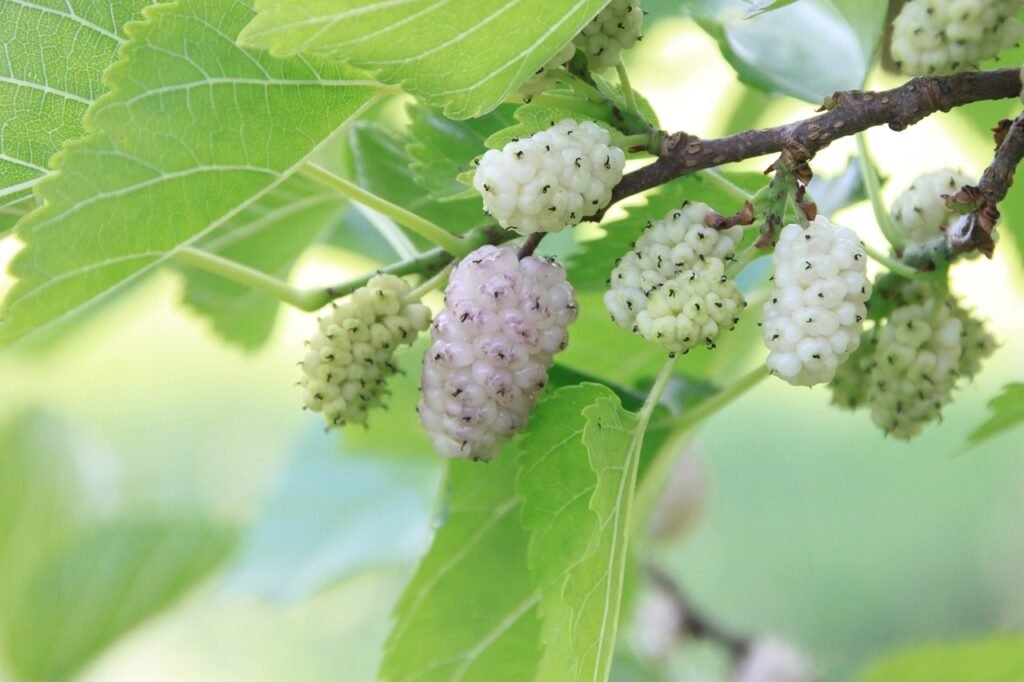
Apples: Crisp and Nutrient-Rich
Apples, often overlooked for their color, are a fantastic source of fiber, vitamin C, and antioxidants. These nutrients promote digestive health and boost your immune system. An apple a day truly keeps the doctor away.
Pears: Sweet, Juicy, and Hydrating
Pears are not only refreshing but also incredibly hydrating due to their high water content. They’re rich in dietary fiber, aiding in digestion and promoting heart health. Enjoy them fresh or add them to salads for a burst of flavor and nutrition.
Bananas: Creamy and Potassium-Packed
Bananas are a potassium powerhouse, crucial for maintaining healthy blood pressure and muscle function. They also contain vitamin B6, which supports brain health and mood regulation. Slice one into your morning cereal or blend it into a smoothie for a creamy delight.
Cauliflower: The Versatile Veggie
Cauliflower is a white vegetable that’s taking the culinary world by storm. Low in calories and high in fiber, it’s an excellent choice for weight management. It’s also a rich source of vitamin C and antioxidants, promoting overall well-being.
Coconut: Tropical Treasure
Coconuts offer a double dose of nutrition with their water and meat. Coconut water is a natural electrolyte, perfect for post-workout hydration. Coconut meat provides healthy fats that support heart health and brain function.
White fruit name list
- Apples
- Pears
- Bananas
- Cauliflower
- Coconut
- White Peaches
- White Nectarines
- White Cherries
- White Grapes
- White Mulberries
- Dragonfruit (White-fleshed variety)
- White Sapote
- White Guava
- White Fig
- White Raspberries
- White Currants
- White Gooseberries
What is a small white fruit?
A small white fruit often refers to a fruit that is small in size and has a white or pale flesh color. There are several small white fruits found in nature, and here are a few examples:
White Grapes: White grapes are small, round fruits with a pale green or yellowish-white skin. They are sweet and often used for making white wine or enjoyed as a snack.
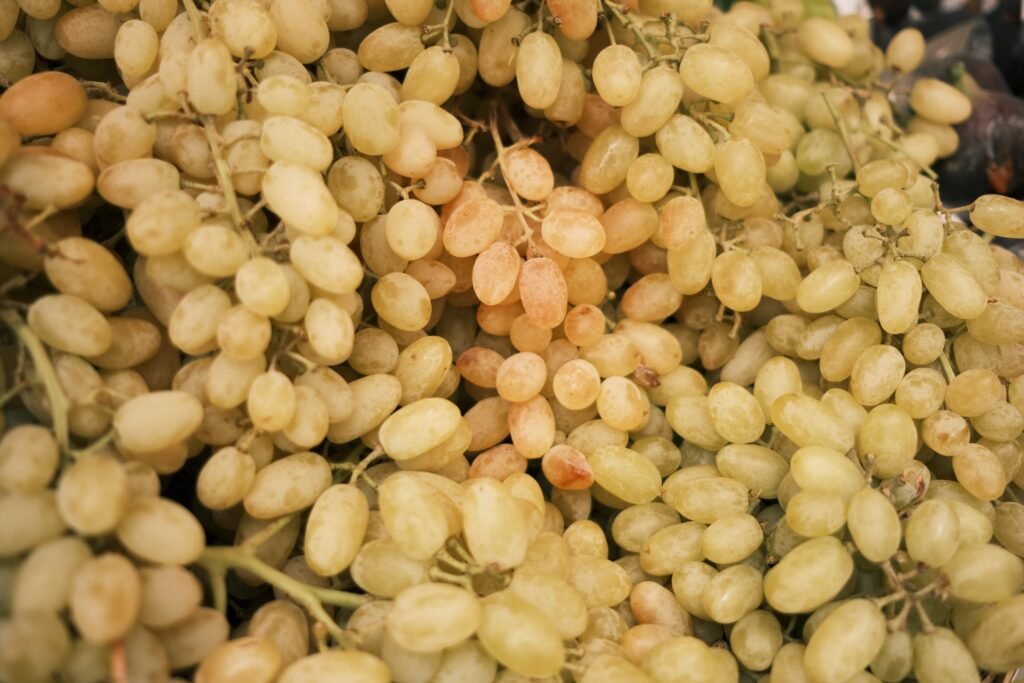
White Currants: White currants are small, translucent fruits that are similar in size to red or black currants. They have a tart flavor and are used in jams, jellies, and desserts.
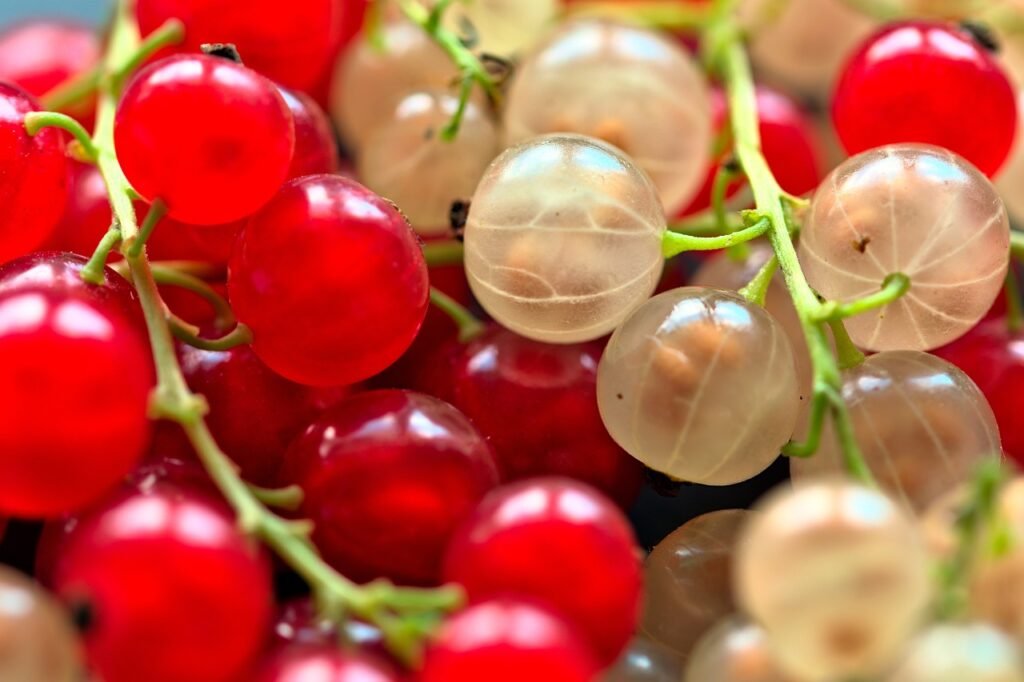
White Mulberries: White mulberries are small, elongated fruits with a pale ivory or light yellow color. They have a sweet taste and are often dried and consumed as a healthy snack.
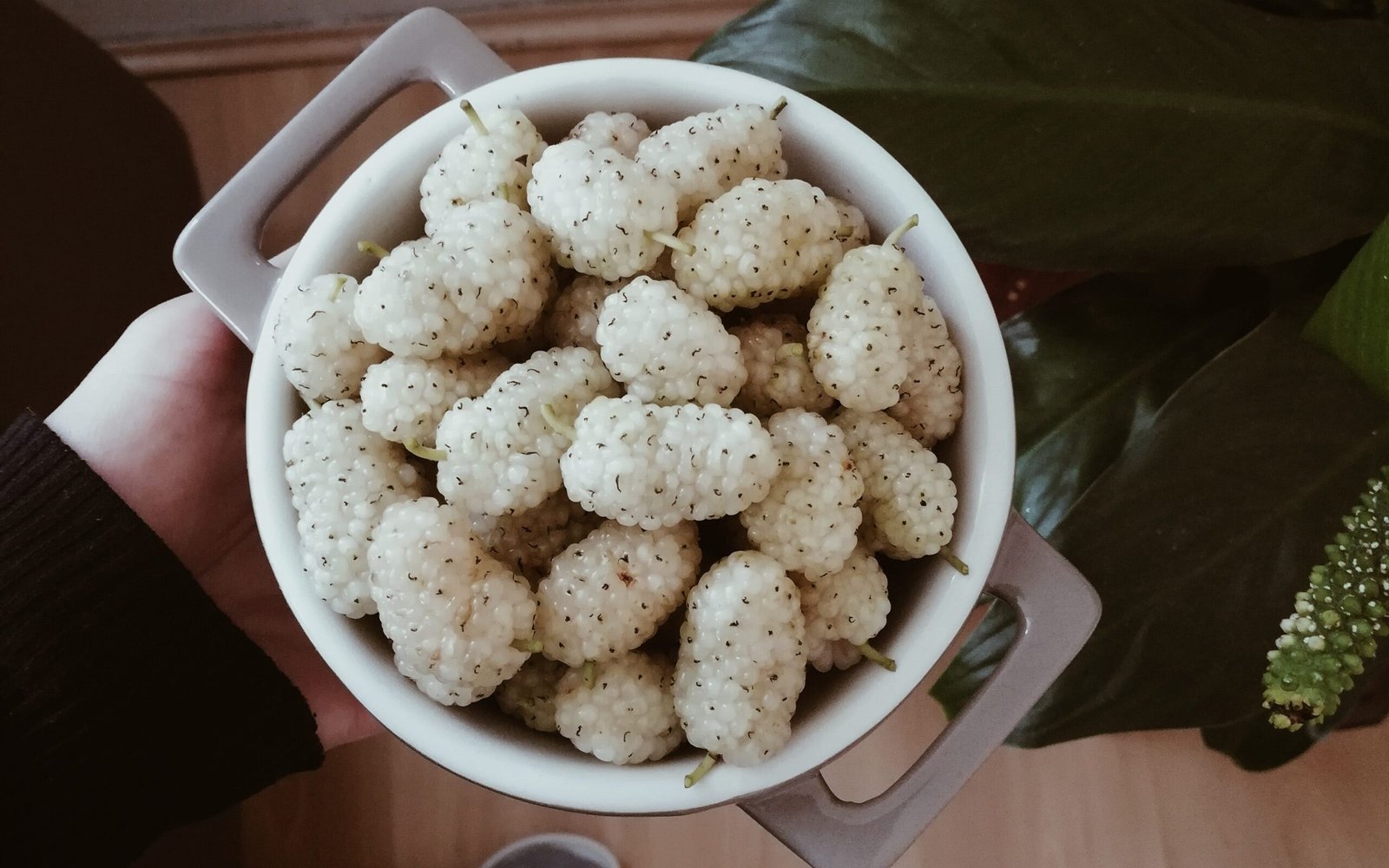
Gooseberries: Gooseberries come in various colors, including green, yellow, and white. White gooseberries are small, round fruits with a tart flavor. They are used in pies, jams, and preserves.
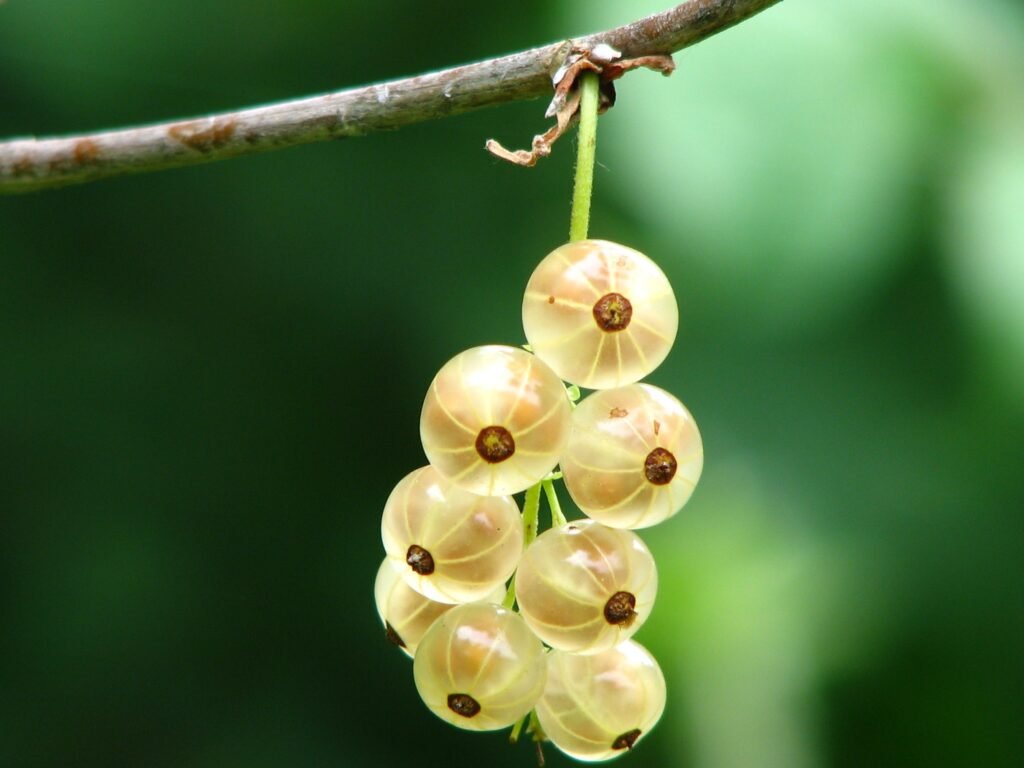
White Raspberries: White raspberries are a variety of raspberries with a pale, creamy-white color. They have a sweet and mild flavor and can be eaten fresh or used in desserts.

White Cherries: White cherries are a type of sweet cherry with a light yellow or pale pinkish skin. They are small, juicy, and have a sweet taste.
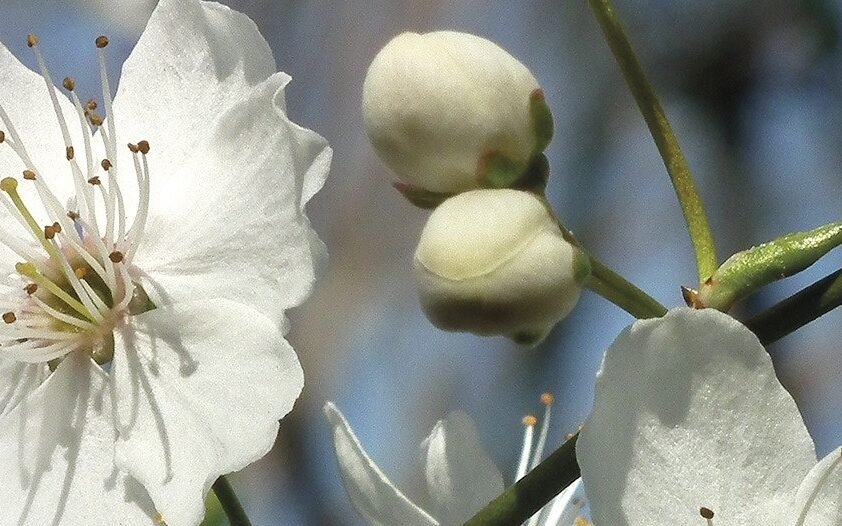
White Strawberries: White strawberries, also known as pineberries, are small, white-fleshed strawberries with a unique pineapple-like flavor.

What fruit is milky?
The term “milky fruit” typically refers to fruits that have a milky or creamy sap or latex when they are cut or broken. This milky sap is often called “latex.” Some fruits produce milky sap as a natural defense mechanism to deter herbivores or insects from consuming them. Here are a few examples of fruits that are known for their milky sap:
Latex-producing Figs: Some varieties of figs, such as the rubber fig (Ficus elastica), produce milky latex when their stems or leaves are cut. However, it’s important to note that the latex is not typically consumed as part of the fruit.
Soursop (Graviola): The soursop fruit, also known as graviola, has a creamy, white flesh and is known for producing milky sap. Soursop is a tropical fruit with a unique flavor and is used in various culinary applications.
Papaya: While papaya trees produce milky latex, it is not typically found in the ripe fruit. However, it can be found in unripe green papayas or when you make incisions in the tree’s stems.
Euphorbia Species: It’s important to note that not all milky plants produce edible fruits. Some plants in the Euphorbia genus produce milky latex but are not consumed as fruits. These plants can be toxic and should be avoided.
White fruit Mexican
The term “White fruit Mexican” does not refer to a specific fruit but may be a general description used to refer to various fruits that are commonly found in Mexico and have white or pale-colored flesh. Mexico is known for its rich agricultural diversity, and many fruits with white or light-colored flesh are grown in the country. Here are a few examples:
White Sapote (Zapote Blanco)
White Sapote is a tropical fruit native to Mexico. It has creamy white flesh with a sweet, custard-like texture and flavor. It’s often eaten fresh or used in desserts and beverages.
Chayote (Vegetable Pear)
Chayote is a green, wrinkled fruit that is commonly used in Mexican cuisine. While its skin is green, the inner flesh is pale white. It is often cooked and used in salads, soups, and stews.
Dragon Fruit (Pitaya or Pitahaya)
Dragon fruit is available in different varieties, and some have white flesh. It is a visually striking fruit with white, pink, or red flesh speckled with tiny black seeds. It is eaten fresh and is also used in smoothies and fruit salads.
Guava (Guayaba)
Guava is a tropical fruit with green skin and white or pink flesh. It is used to make juices, jams, and candies in Mexican cuisine.
White Nispero (Sapodilla)
Sapodilla is another tropical fruit grown in Mexico, known locally as “níspero blanco.” It has sweet, grainy white flesh and is often eaten fresh.
White Peaches (Duraznos)
While peaches come in various colors, including yellow and white, white-fleshed peaches are also cultivated in Mexico. They are sweet and used in desserts and fruit salads.
White Pitanga (Surinam Cherry)
White Pitanga is a small, round fruit with white flesh. It has a sweet and tangy flavor and is sometimes used in Mexican culinary creations.
Why are some dragon fruits pink and some white?
Dragon fruits, also known as pitaya, come in different varieties, and their flesh can be either pink or white. The color variation is primarily due to the specific type of dragon fruit and its pigmentation genes. Here’s why some dragon fruits are pink while others are white:
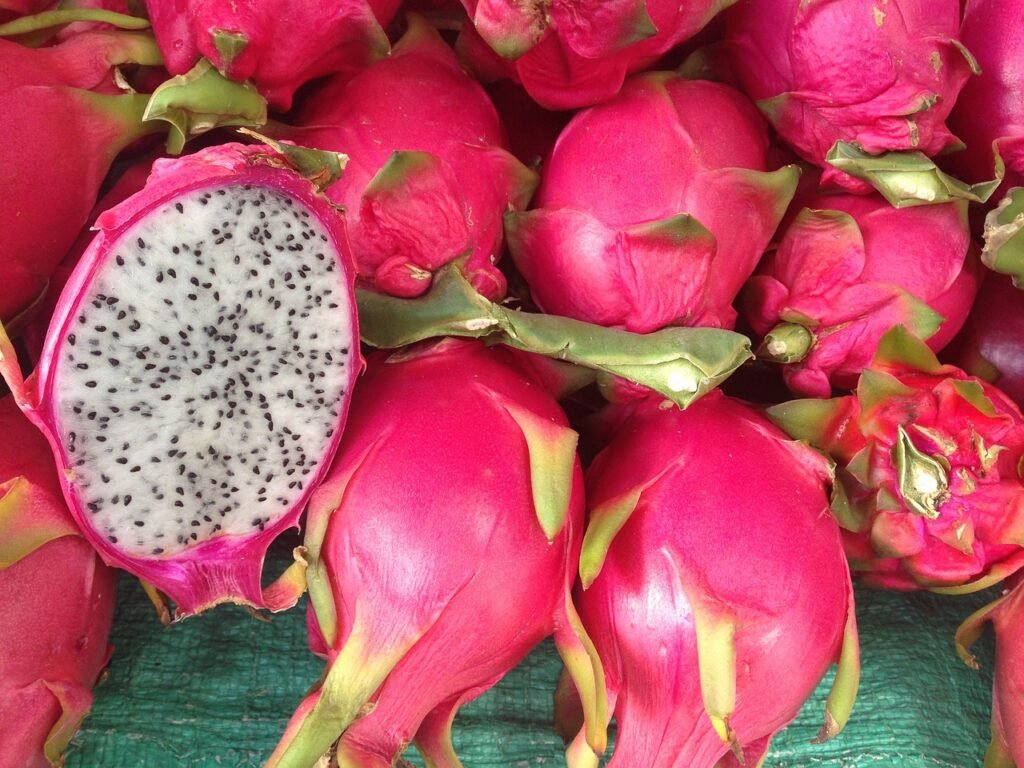
Variety of Dragon Fruit
There are several varieties of dragon fruit, but the two most common ones are the Hylocereus undatus and the Hylocereus costaricensis.
- Hylocereus undatus (White-fleshed): This variety typically has white flesh. It is often referred to as the “white-fleshed” or “yellow dragon fruit” due to its pale flesh color.
- Hylocereus costaricensis (Pink-fleshed): This variety is known for its vibrant pink to magenta-colored flesh. It is often called the “red dragon fruit.”
Pigmentation Genes: The color of dragon fruit flesh is determined by the presence or absence of certain pigmentation genes. In the case of pink-fleshed dragon fruit, the fruit contains natural pigments called betacyanins, which give it the distinctive pink or red color. White-fleshed dragon fruit lacks these pigments, resulting in its white or pale yellow flesh.
Growing Conditions: Environmental factors, such as temperature, sunlight, and soil quality, can also influence the color of dragon fruit. In some cases, even within the same variety, variations in color can occur due to differences in growing conditions.
Maturity: Dragon fruits change color as they ripen. While some dragon fruits start out with white flesh and then develop a pinkish hue as they ripen, others remain white throughout their growth.
Conclusion
Incorporating white fruits into your diet is a smart choice for your health and well-being. From the crunchy freshness of apples to the tropical delight of coconuts, these fruits offer a wide array of nutrients that your body craves. So, the next time you’re at the grocery store, don’t forget to pick up some white fruits and savor the goodness they bring to your table.
White Fruits: Frequently Asked Questions
Are white fruits low in calories?
Yes, most white fruits are low in calories, making them a guilt-free snack option.
Can white fruits help with weight loss?
Absolutely! White fruits are high in fiber, promoting a feeling of fullness and aiding in weight management.
Are there any allergies associated with white fruits?
While allergies can occur with any food, white fruits are generally well-tolerated. However, if you suspect an allergy, consult a healthcare professional.
Can white fruits improve skin health?
Yes, the antioxidants and vitamins in white fruits can contribute to healthy and radiant skin.
How can I incorporate more white fruits into my diet?
Add white fruits to smoothies, salads, or enjoy them as a healthy snack between meals.
Are there any white fruits to avoid?
While most white fruits are nutritious, it’s best to avoid processed and sugary products made from white fruits, as they may lack essential nutrients.





